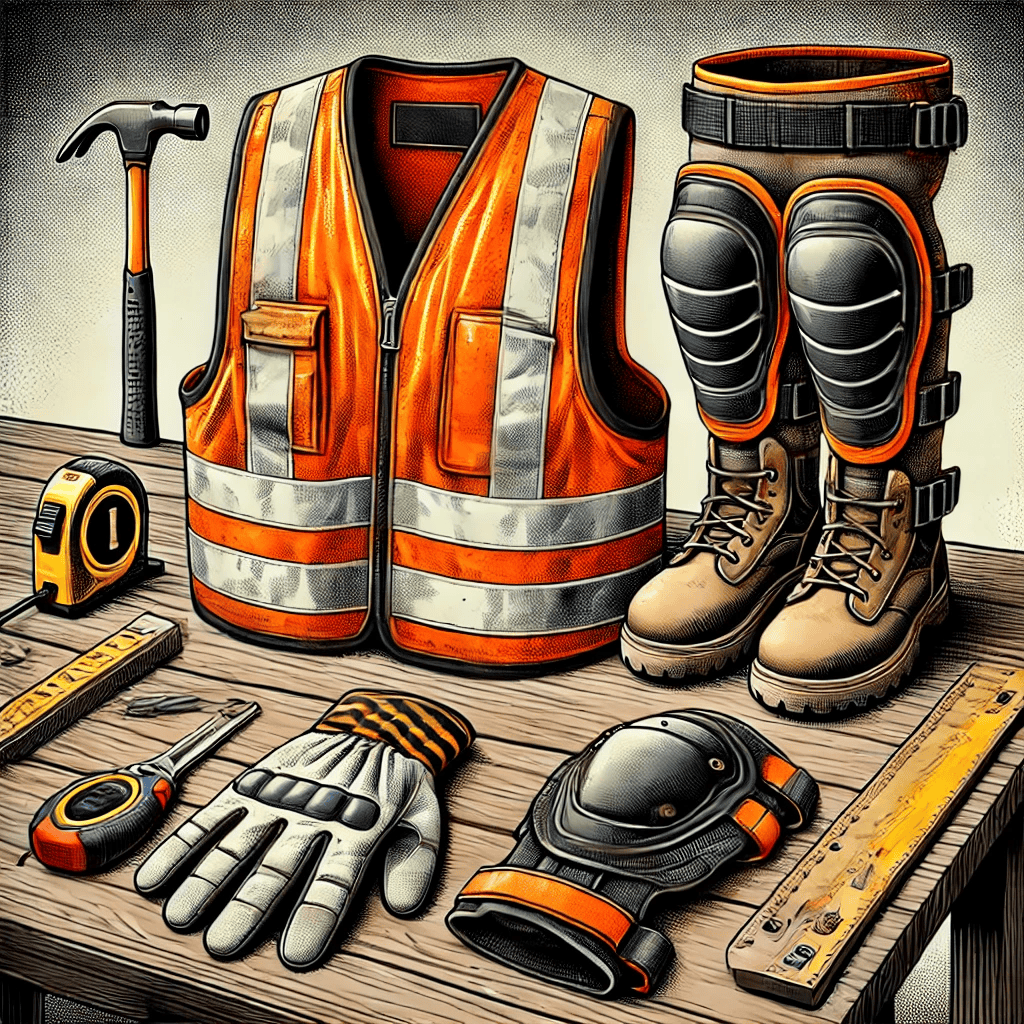Body protection is essential for DIY enthusiasts to safeguard themselves from potential injuries during various projects. These protective gear items are designed to cover and shield different parts of the body from hazards such as sharp objects, chemicals, and extreme temperatures.
Types of Body Protection
- Coveralls
- Knee Pads
- Aprons
- Vests
- Jackets
- Protective suits
- Arm guards
- Back support belts
Body Protection Key Features
- Durability: Made from strong materials to withstand wear and tear.
- Comfort: Ergonomic design to ensure ease of movement.
- Breathability: Materials that allow air circulation to prevent overheating.
- Resistance: Protection against chemicals, heat, and abrasion.
- Visibility: High-visibility options for improved safety in low-light conditions.
- Adjustability: Features like straps and belts for a customized fit.
- Pockets and Storage: Convenient for holding tools and accessories.
Choosing the Right Body Protection
Selecting the appropriate body protection depends on the specific requirements of your DIY project. Consider the nature of the tasks you’ll be performing and the potential hazards involved. For instance, if you’re working with chemicals, opt for a protective suit that offers chemical resistance. For tasks involving heavy lifting, a back support belt is essential. Comfort and fit are also crucial; choose gear that allows for flexibility and does not hinder your movements.
Proper Use and Techniques
Proper use of body protection involves wearing the gear correctly and ensuring it fits snugly without being too tight. Always follow the manufacturer’s instructions for wearing and adjusting the protective equipment. For example, coveralls should cover your entire body, and aprons should protect your front torso. Use additional protective gear like gloves or helmets as needed to ensure comprehensive safety.
Maintenance and Care
To maintain the effectiveness of your body protection gear, regular cleaning and inspection are necessary. Follow the care instructions provided by the manufacturer, which typically include washing with mild detergent and air drying. Inspect the gear before each use for any signs of wear and tear, such as holes, frayed edges, or compromised fastenings. Replace any damaged items immediately to ensure continued protection.
Safety Tips
- Always wear the appropriate body protection for the task at hand.
- Ensure a proper fit to avoid restriction of movement.
- Inspect your protective gear regularly for signs of damage.
- Keep your gear clean to maintain its protective properties.
- Replace worn or damaged gear promptly.
- Be aware of your surroundings and potential hazards.
Conclusion
Investing in quality body protection is crucial for any DIY enthusiast. It not only prevents injuries but also allows you to work confidently and efficiently. By choosing the right gear, using it properly, and maintaining it well, you can ensure your safety and focus on completing your projects successfully.


